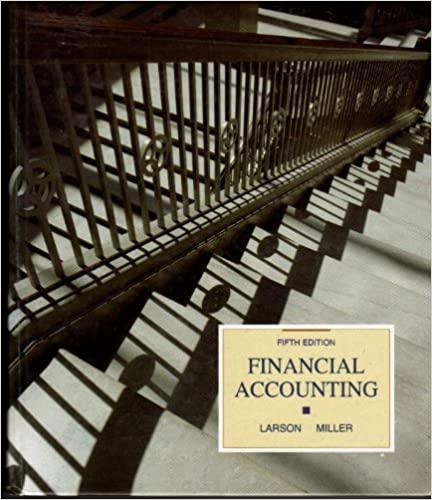1. On a sheet of note paper, open the following T-accounts: Cash, Accounts Receivable, Equipment, Notes Payable,...
Question:
1. On a sheet of note paper, open the following T-accounts: Cash, Accounts Receivable, Equipment, Notes Payable, Common Dividend Payable, Common Stock, Retained Earnings, Income Summary, Dividends Declared, Revenue from Services, and Operating Expenses.
2. Record directly in the T-accounts these transactions of a new corporation.
a. Issued common stock for \(\$ 12,000\) cash.
b. Purchased equipment for \(\$ 10,000\) cash.
c. Sold and delivered \(\$ 30,000\) of services on credit.
d. Collected \(\$ 26,000\) of accounts receivable.
e. Paid \(\$ 20,000\) of operating expense.
f. Declared cash dividends of \(\$ 4,000\).
g. Paid the dividends declared in \((f)\).
h. Purchased \(\$ 6,000\) of additional equipment, giving \(\$ 4,000\) in cash and a \(\$ 2,000\) promissory note.
i. Closed the revenue accounts, \((j)\) the expense accounts, \((k)\) Income Summary, and ( \(l\) ) Dividends Declared.
3. Answer these questions:
a. Does the corporation have retained earnings?
b. Does it have any cash?
c. If the corporation has retained earnings, why does it not also have cash?
d. Can the corporation legally declare additional cash dividends?
e. Can it pay additional cash dividends?
f. What does the balance of the Notes Payable account tell the financial statement reader about the makeup of the corporation's assets?
g. Explain what the balance of the Common Stock account represents.
h. Explain what the balance of the Retained Earnings account represents.
Step by Step Answer:






